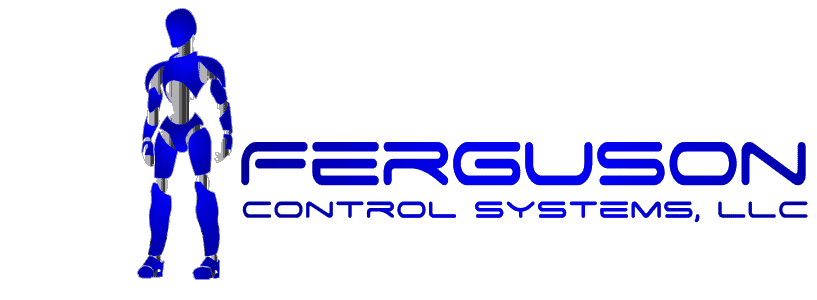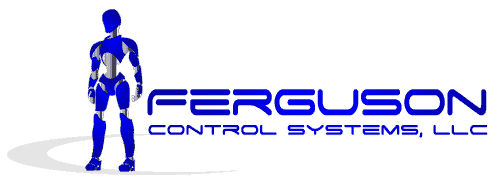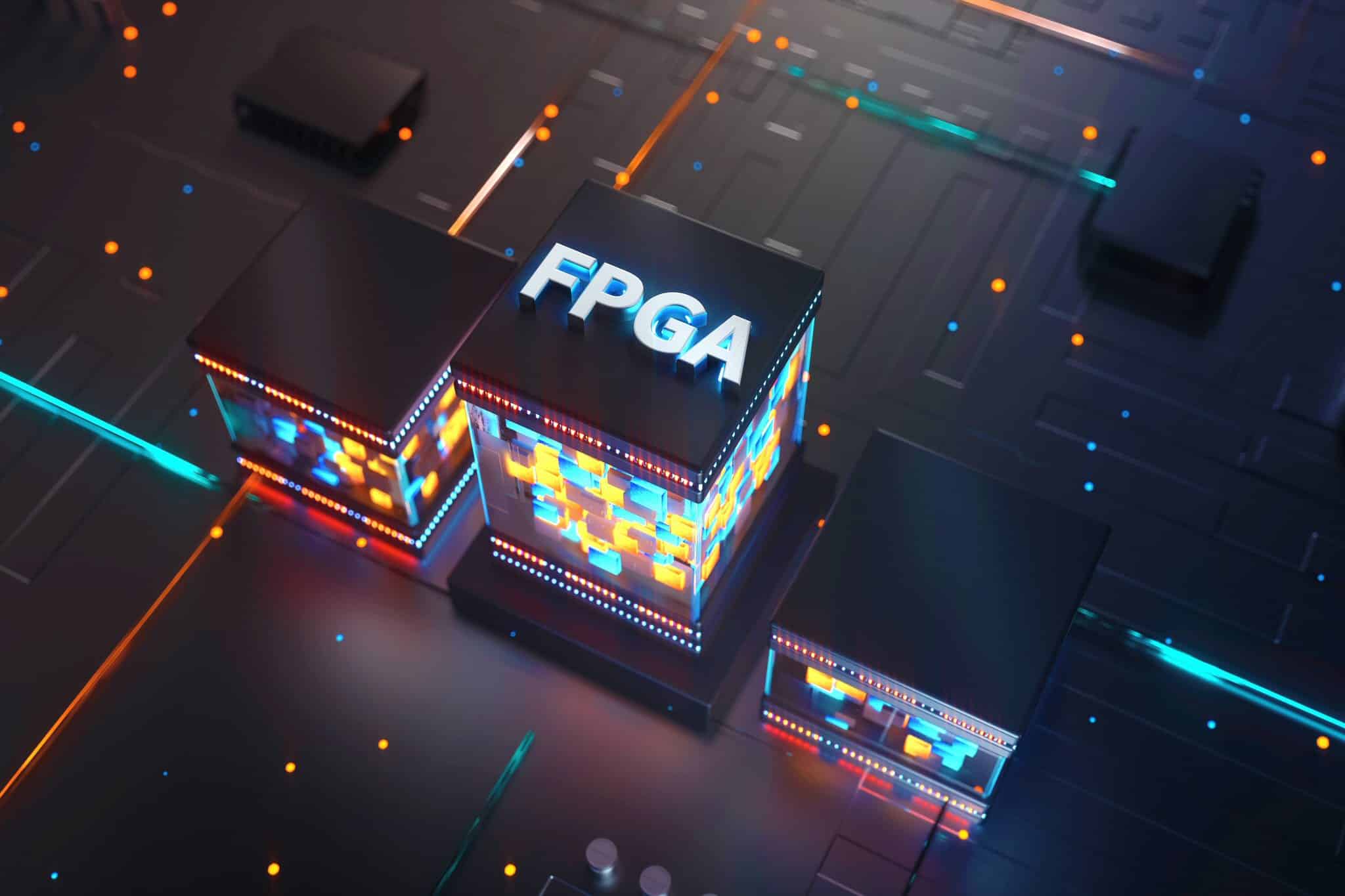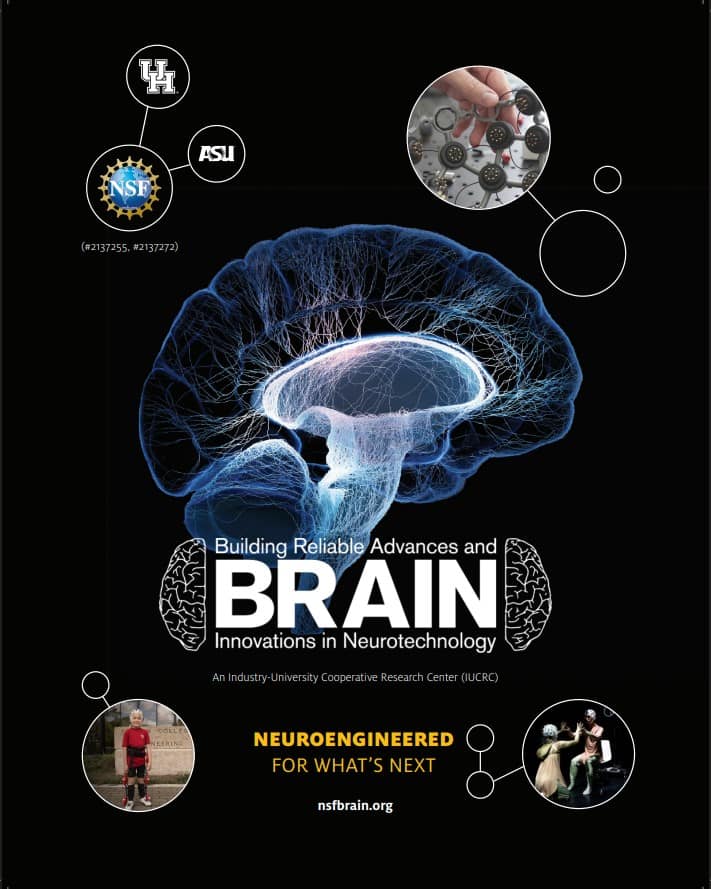FCS Services
FPGA Field Programmable Gate Arrays
Field Programmable Gate Arrays are being integrated into embedded system design at an increasing rate. Due to the flexibility to support custom digital logic designs and parallel processing, these devices are utilized to meet the growing demand of increased processing needs.
This supports the current market needs of enhanced data processing and artificial intelligence. FCS can design and implement custom FPGA IP to support these needs. This includes Systems on a Chip designs.
So, what exactly is an FPGA? Imagine a piece of technology that combines the power of complex digital computations with the flexibility to support custom digital logic designs and parallel processing. That’s where FPGAs come into play. These incredible integrated circuits can be configured by designers or customers after manufacturing, making them truly “field-programmable.”
Traditionally, configuring FPGAs involved using circuit diagrams, but thanks to technological advancements, hardware description languages (HDL) now serve as the primary means of specification. With an array of programmable logic blocks and reconfigurable interconnects, FPGAs enable the wiring of logic gates in various configurations, allowing for both simple and complex combinational functions.
But FPGAs don’t stop there. They also include memory elements, which can range from simple flip-flops to comprehensive blocks of memory. With the ability to implement different logic functions through reprogramming, FPGAs offer unparalleled flexibility and reconfigurable computing akin to software development.
Embedded system development owes a significant debt to FPGAs. Their unique capabilities allow for simultaneous software and hardware development, early phase system performance simulations, and countless system partitioning trials and iterations. This iterative approach proves invaluable before finalizing the system architecture.
Floor planning enables resource allocation within FPGAs to meet these time constraints. FPGAs can be used to implement any logical function that an ASIC can perform. The ability to update the functionality after shipping, partial re-configuration of a portion of the design and the low non-recurring engineering costs relative to an ASIC design (notwithstanding the generally higher unit cost), offer advantages for many applications.
Some FPGAs have analog features in addition to digital functions. The most common analog feature is a programmable slew rate on each output pin, allowing the engineer to set low rates on lightly loaded pins that would otherwise ring or couple unacceptably, and to set higher rates on heavily loaded pins on high-speed channels that would otherwise run too slowly.
Also common are quartz-crystal oscillators, on-chip resistance-capacitance oscillators, and phase-locked loops with embedded voltage-controlled oscillators used for clock generation and management as well as for high-speed serializer-deserializer (SERDES) transmit clocks and receiver clock recovery.
Fairly common are differential comparators on input pins designed to be connected to differential signaling channels. A few “mixed signal FPGAs” have integrated peripheral analog-to-digital converters (ADCs) and digital-to-analog converters (DACs) with analog signal conditioning blocks allowing them to operate as a system-on-a-chip (SoC). Such devices blur the line between an FPGA, which carries digital ones and zeros on its internal programmable interconnect fabric, and field-programmable analog array (FPAA), which carries analog values on its internal programmable interconnect fabric.
Contemporary FPGAs boast extensive resources of logic gates and RAM blocks, perfectly suited to implementing complex digital computations. However, their utilization of fast I/O rates and bidirectional data buses presents a challenge in verifying correct data timing within setup and hold times. Despite this hurdle, FPGAs continue to push the boundaries of what’s possible in the world of computing.
It’s worth noting that some FPGAs even have additional analog features alongside their digital functions. These include programmable slew rates on output pins, enabling engineers to fine-tune performance, as well as on-chip oscillators and phase-locked loops for clock generation and management. Mixed-signal FPGAs blur the line between their digital counterparts and field-programmable analog arrays, with integrated peripheral ADCs, DACs, and analog signal conditioning blocks.
At Ferguson Control Systems, we understand the immense potential and importance of FPGAs in today’s technology-driven world. Whether you require custom FPGA IP or Systems on a Chip design, our team of talented engineers is ready to assist you. With innovation, agility, and reliability at our core, we aim to deliver exceptional solutions tailored to your specific needs.
GSA Contract Holder
Ferguson Control Systems (FCS), LLC is a GSA Contract Holder. This sharable contract is to provide Information Technology Professional Services and Custom Computer Programming Services.

BRAIN Center Industry Member
Our Customers Recognize Us For Our
- NExperience
- NInnovation
- NAgility
- NFlexibility
- NAdaptability
- NReliability


"Ferguson Control Systems is an innovative and proven company that specializes in the architecture, design, and implementation of embedded systems software and Artificial Intelligence within embedded systems. We also provide AI Database Management Services and AI Data Acquisition & Edge Computing."
CONTACT INFORMATION
Ferguson Control Systems, LLC
4265 San Felipe Street, Suite 1100
Houston, Texas 77027
CONTRACTOR INFO
Socio-Economic:
- Small Business
- Disadvantaged business
- Woman owned business
- Women Owned (WOSB)
- Women Owned (EDWOSB)
CAGE Code: 8ZND9
SAM UEI: LGB9HLMD6PT3
GSA Contract Number: 47QTCA23D003E
NAICS: 541511 Custom Computer Programming Services


